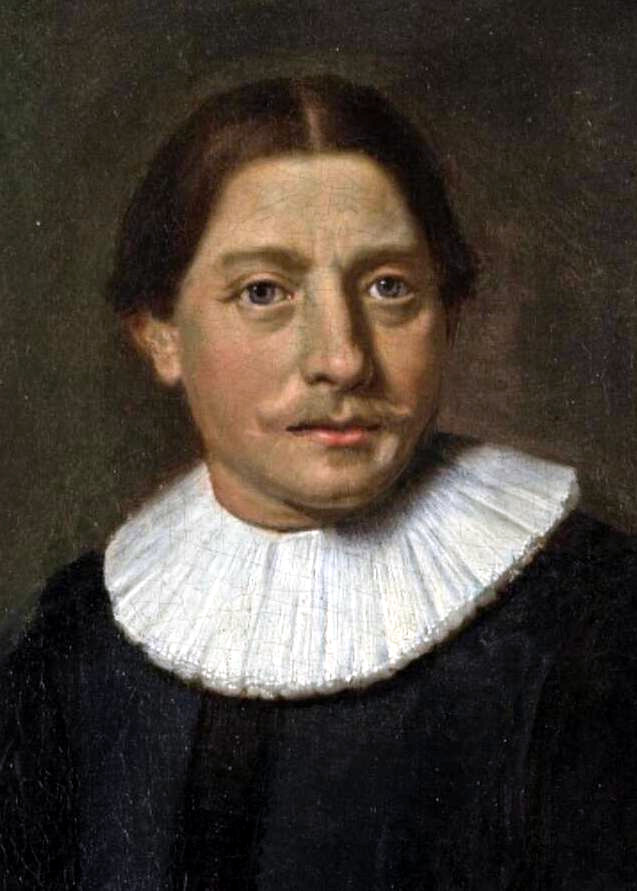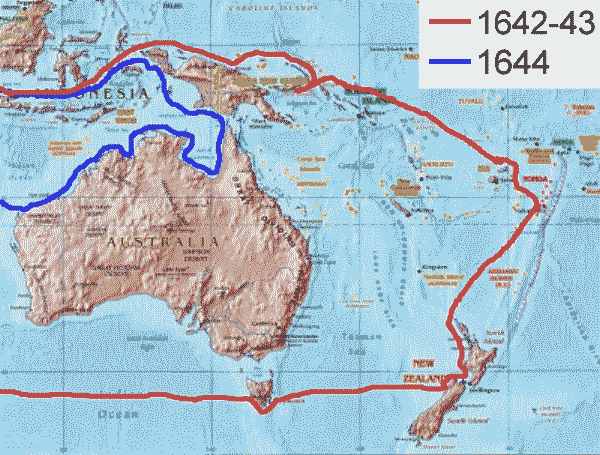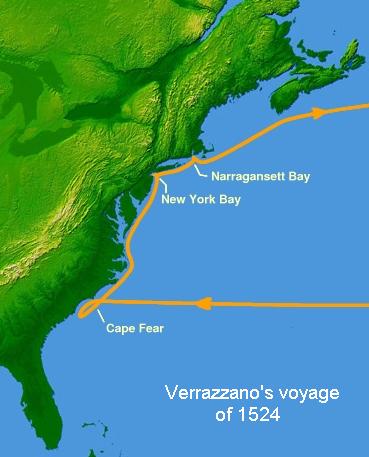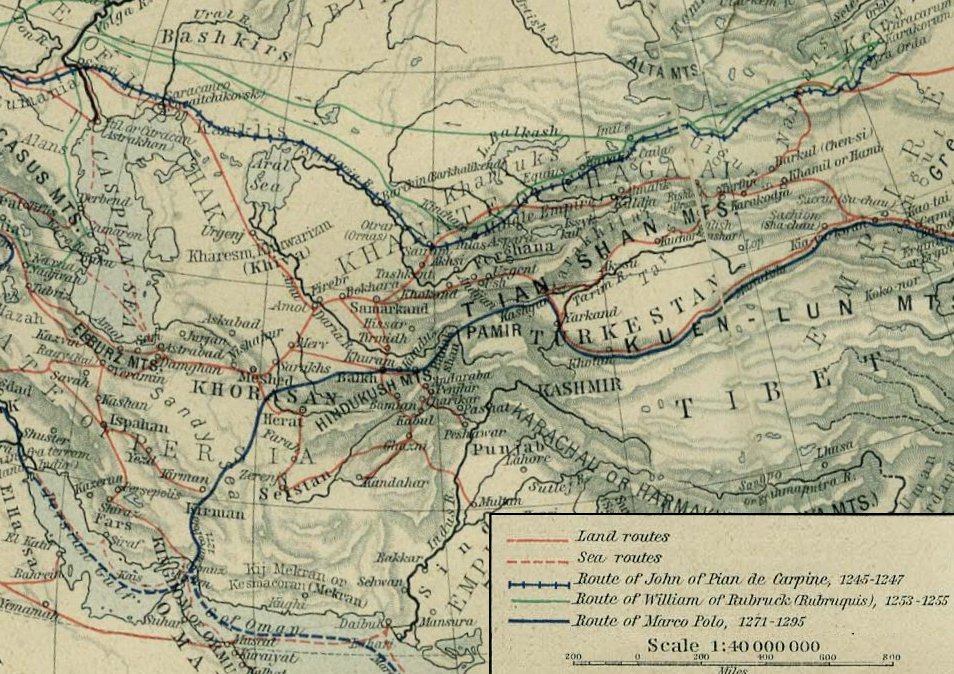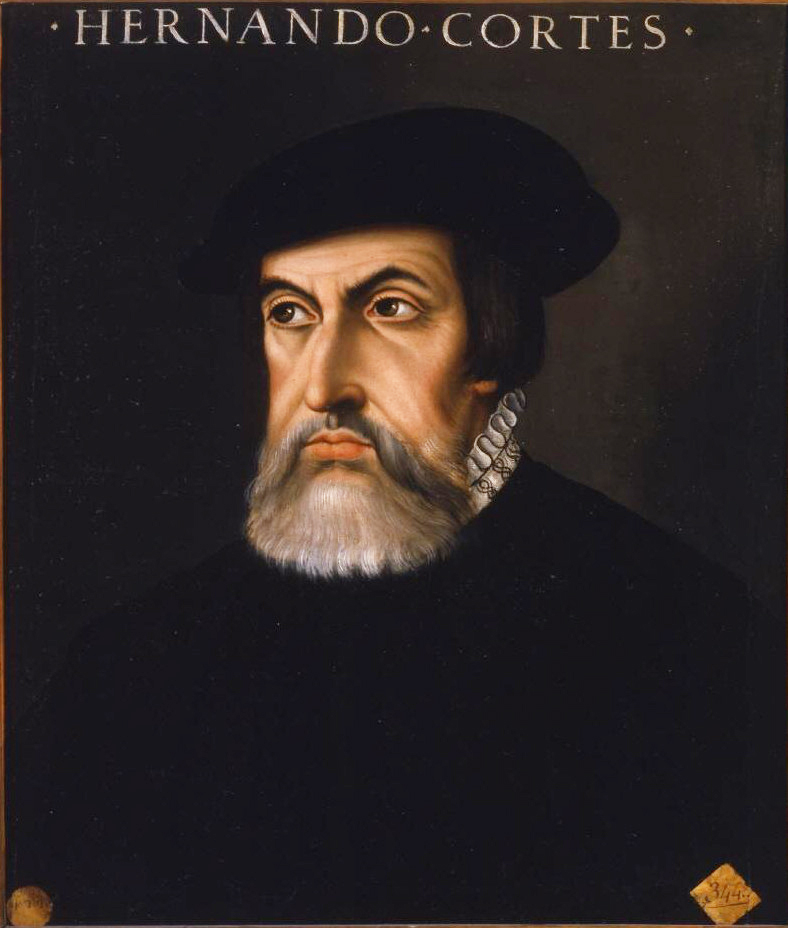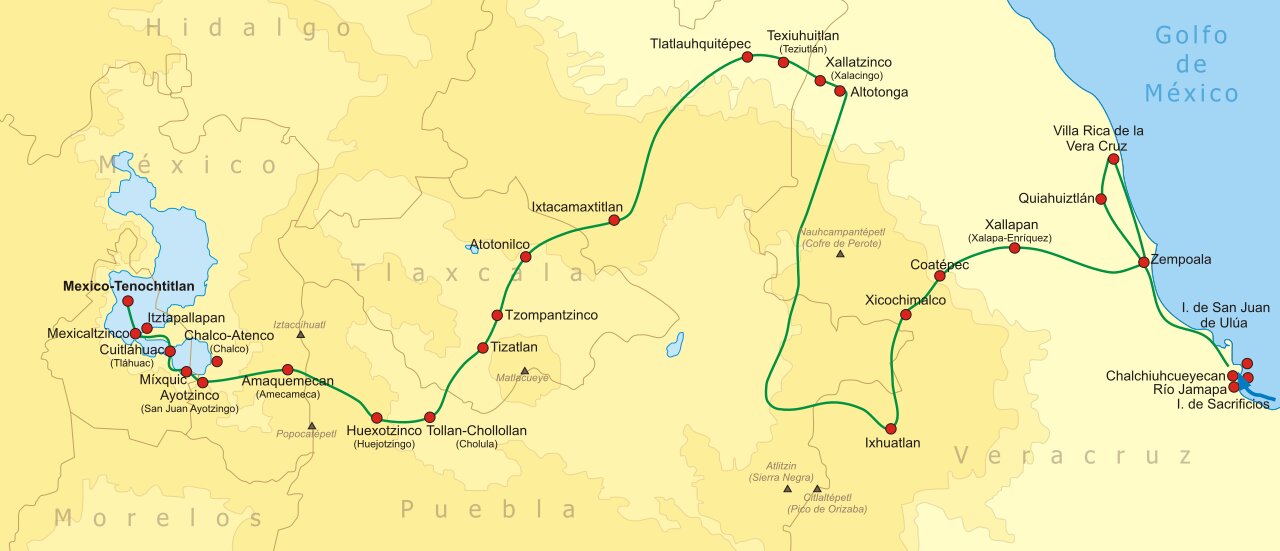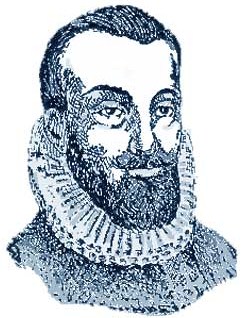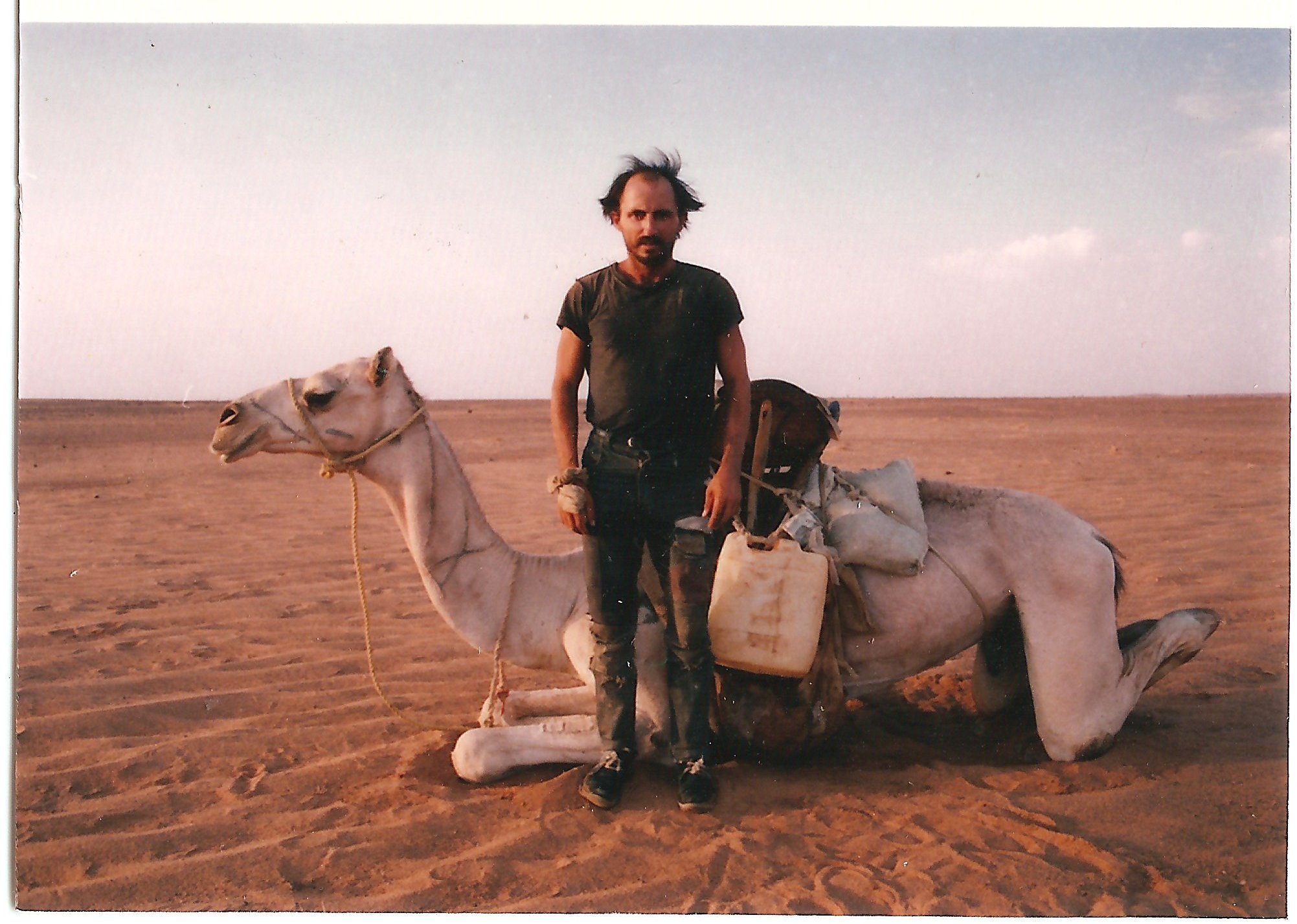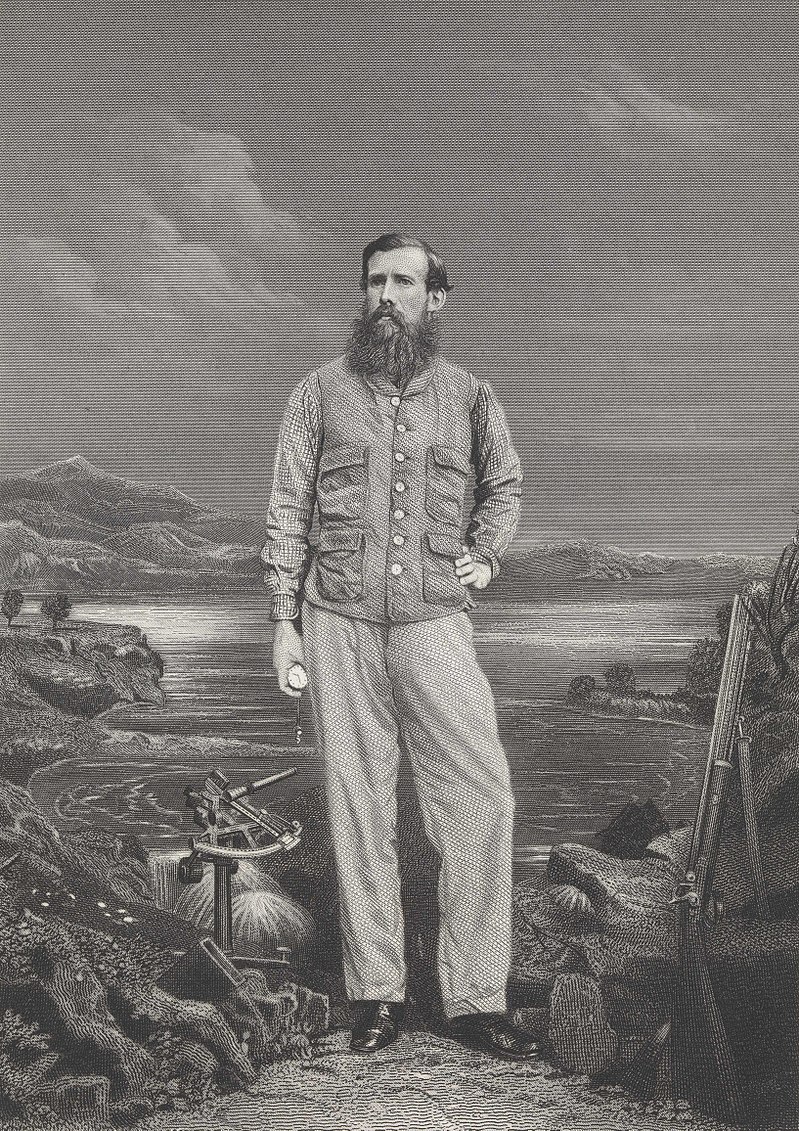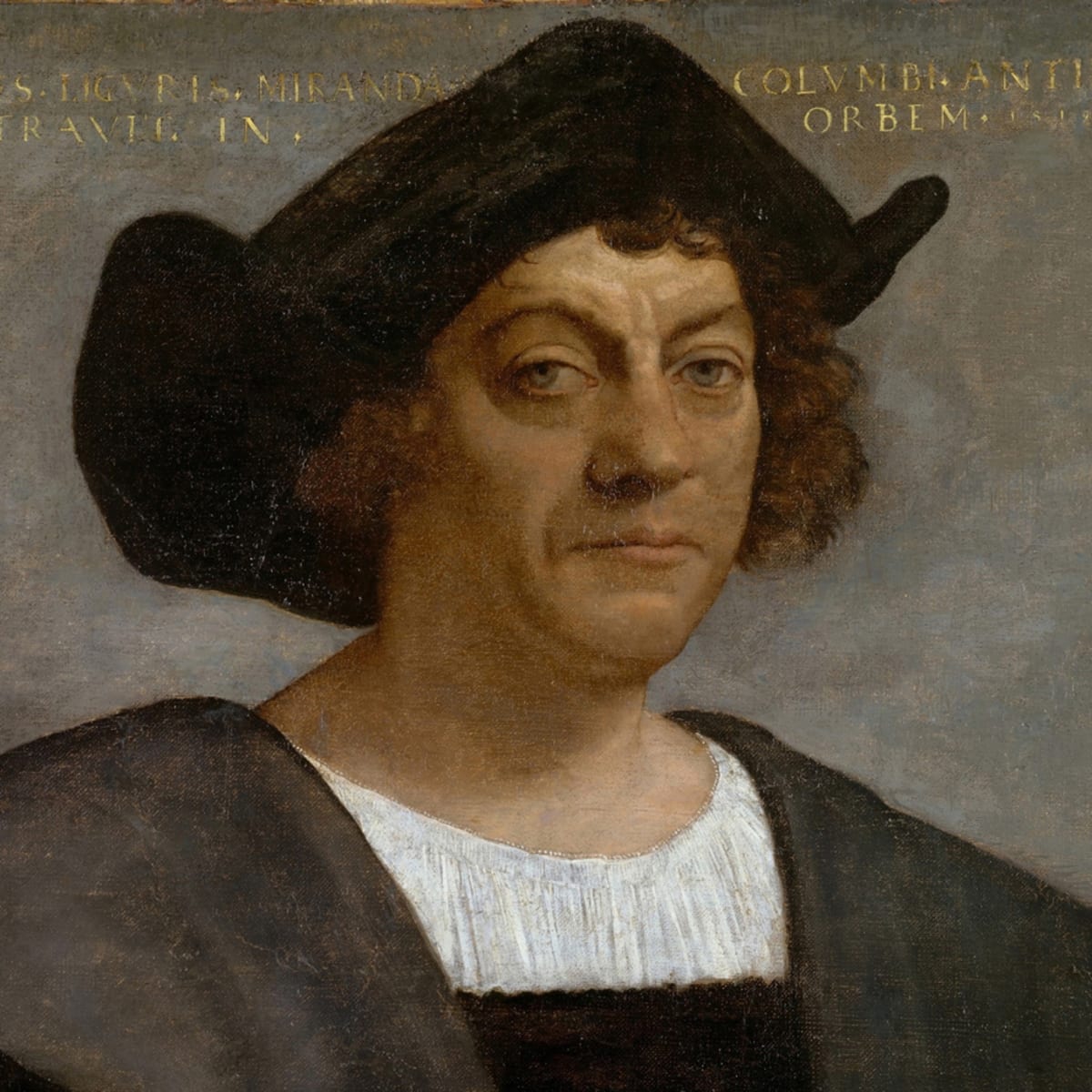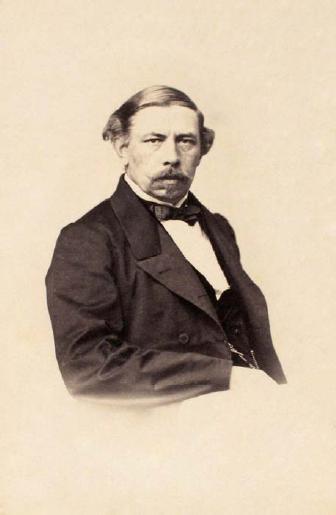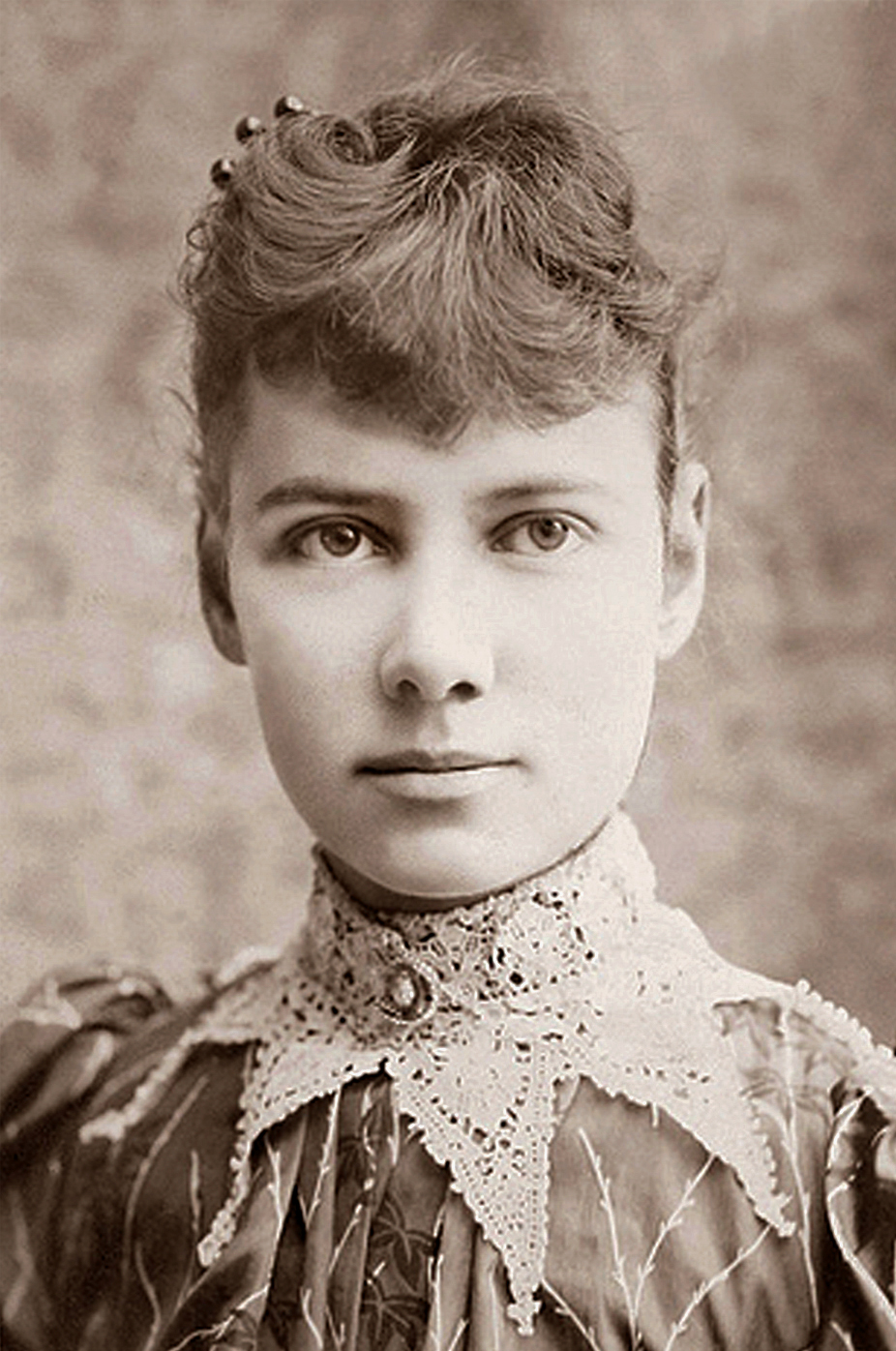Recently added expeditions
The Dutch Explorer: Abel Tasman's First Voyage to the South Seas
Abel Tasman was a Dutch explorer who is known for his first voyage to New Zealand in 1642. The expedition was commissioned by the Dutch East India Company, and Tasman was tasked with finding a new trading route to the rich spice islands of the East Indies. On August 14, 1642, Tasman set sail from Batavia (now Jakarta, Indonesia) with two ships, the Heemskerck and the Zeehaen. After several months of sailing, Tasman sighted land on November 13, 1642. He believed he had discovered the southern continent, which was then believed to exist. Tasman anchored his ships in what is now called Golden Bay, at the top of the South Island of New Zealand. He sent a small boat to shore, but the crew was attacked by Maori, and four of Tasman's men were killed. Tasman decided not to land in New Zealand and instead sailed north, eventually reaching the Tonga Islands before returning to Batavia. Tasman's voyage was significant as it marked the first recorded European contact with New Zealand. However, Tasman did not realize that he had discovered a new land, and his voyage did not lead to any further exploration or settlement of New Zealand for over a century.
📅 Duration
From 1642 A.D. to 1643 A.D.
🤠 Explorers
Discovering the New World: The Atlantic Coast Expedition of Giovanni da Verrazzano
Giovanni da Verrazzano was an Italian explorer who was commissioned by King Francis I of France to explore the Atlantic coast of North America. His expedition took place in 1524, and he sailed from France in a ship called the Dauphine. During his journey, Verrazzano visited several locations along the east coast of the United States and Canada, including Florida, South Carolina, North Carolina, Virginia, New York (including the harbor of New York City), New England, and Newfoundland. He was the first European to enter New York Harbor, and he also explored Narragansett Bay in Rhode Island and possibly Cape Breton Island in Nova Scotia, Canada. Verrazzano's expedition helped to establish a French claim to the region and paved the way for future European exploration and settlement. Although Verrazzano's own expeditions were not successful, he provided valuable information about the geography and indigenous peoples of the region to the French Crown, and his voyage was widely reported in Europe, sparking interest in further exploration of the New World.
📅 Duration
From 1524 A.D. to 1524 A.D.
🤠 Explorers
Giovanni de Plano Carpini: From the Vatican to the Mongol Khan's Court
Giovanni de Plano Carpini was a 13th-century Italian Franciscan friar who was sent on a mission to the Mongol Empire by Pope Innocent IV. He led an expedition to the Mongol Empire in 1245 and was one of the first Europeans to enter the realm and make contact with the Mongol Khans. Carpini's expedition lasted for over a year, during which time he and his companion, another friar named Stephen of Bohemia, traveled through the Balkans, Russia, and the Steppes of Central Asia. They encountered numerous challenges along the way, including harsh weather conditions, attacks by bandits, and disease. Once they arrived in Mongolia, they were received by the Khan Guyuk, who granted them an audience. Carpini's mission was to establish a relationship between the Pope and the Mongol Khans and to find out more about the Mongol Empire. During his stay in Mongolia, he learned about the Khan's rule and governance and documented his findings in his book, The Story of the Mongols Whom We Call the Tartars. Carpini's expedition was an important milestone in European exploration and helped to establish a relationship between the Catholic Church and the Mongol Empire. It also provided valuable information about the culture, customs, and geography of the Mongol Empire, which was largely unknown to the West at the time.
📅 Duration
From 1245 A.D. to 1247 A.D.
🤠 Explorers
Hernán Cortés: Conquering the Aztecs
Hernán Cortés was a Spanish conquistador who is best known for his expedition to Mexico, where he led the Spanish conquest of the Aztec Empire. Cortés began his expedition to Mexico in February 1519, with a force of around 600 men, including soldiers, sailors, and indigenous allies. He landed on the coast of Mexico and began to move inland, where he encountered the Aztec Empire. He was able to make alliances with some of the indigenous peoples he encountered, who were unhappy with Aztec rule, and used them to help him defeat the Aztecs. During his expedition, he passed through the isthmus of Panama, Central America, and El Salvador. He encountered indigenous people in El Salvador and other parts of Central America, but he didn't stay long and he didn't conquer any territories in El Salvador. His goal was to reach Mexico. Cortés arrived in Mexico in November 1519, and quickly began to make inroads against the Aztecs. He was able to capture the Aztec capital of Tenochtitlan in 1521 and bringing an end to the Aztec Empire. Cortés's expedition was one of the most important events in the history of the Americas, as it marked the beginning of the Spanish conquest of the New World and the end of Aztec civilization.
📅 Duration
From 1519 A.D. to 1521 A.D.
🤠 Explorers
Gil González Dávila: The Discovery of Costa Rica
Gil González Dávila was a Spanish conquistador who led an expedition to Costa Rica in 1522. He started his expedition in Panama, and passed through the isthmus of Panama, the Central American region, to reach Costa Rica. He was not alone, he was accompanied by a group of Spanish soldiers and indigenous people. He was appointed by Pedrarias Dávila, the Governor of Panama, to explore and conquer the region known as Veragua (which corresponds to the modern-day region of Costa Rica, Panama, and part of Nicaragua). According to the records, he left Panama with a group of around 100 men, including soldiers, sailors, and indigenous allies. He arrived at the coast of Costa Rica, and named the region Costa Rica which means Rich Coast in Spanish, due to the abundance of gold and other precious metals that the indigenous people had. He explored the region, making contact with different indigenous groups, and making a number of settlements along the way. He also discovered Nicoya Peninsula, which is located in the Gulf of Nicoya and is known for its gold mines. González Dávila's expedition was the first Spanish attempt to settle in Costa Rica, but it was not a success. He faced difficulties with the local indigenous groups and the harsh living conditions, and eventually had to abandon the settlements. However, his expedition opened the way for later Spanish conquistadors to explore and eventually conquer the region.
📅 Duration
From 1522 A.D. to ? A.D.
🤠 Explorers
Frank Cole: Life Without Death
Frank Cole was a Canadian adventurer who embarked on a solo expedition through the Sahara Desert in 1990. He traveled through several countries, including Niger and Mali on his journey. He was the first person to make the journey alone and without any modern equipment, relying only on his own strength and determination. The expedition was met with great difficulties and challenges, but Cole ultimately succeeded in his goal of crossing the Sahara.
📅 Duration
From 1990 A.D. to 1990 A.D.
🤠 Explorers
John Hanning Speke: Searching for the Source of the Nile River
John Hanning Speke was a British explorer and officer in the Indian Army who is best known for his discovery of the source of the Nile. In 1856, Speke joined an expedition led by Richard Burton to explore the interior of Africa. After Burton fell ill, Speke continued on alone and in 1858, he discovered the source of the Nile, which he identified as Lake Victoria. This discovery was a major achievement in the exploration of Africa and helped to fill in many of the blank spaces on maps of the continent. However, Speke's claim was later disputed by Burton and other explorers, and the true source of the Nile remains a topic of ongoing debate among historians and geographers.
📅 Duration
From 1856 A.D. to 1859 A.D.
🤠 Explorers
Christopher Columbus's First Voyage to America
Christopher Columbus was an Italian explorer and navigator who is credited with the discovery of the Americas. In 1492, he embarked on a voyage sponsored by King Ferdinand and Queen Isabella of Spain, with the goal of finding a westward route to the East Indies. Instead, he landed in the Bahamas, which he named the "New World." On August 3, 1492, Columbus set sail from Spain with three ships: the Nina, the Pinta, and the Santa Maria. After several weeks at sea, they landed on an island in the Bahamas on October 12, 1492. Columbus and his crew encountered the indigenous Taino people, who they called "Indians." From the Bahamas, Columbus and his crew explored other islands in the Caribbean, including Cuba and Hispaniola (present-day Haiti and the Dominican Republic). They also encountered other indigenous peoples, including the Taíno and the Carib. Columbus returned to Spain in 1493, after his first voyage to the New World. He made three more voyages to the Americas, but he never found a westward route to the East Indies. Despite his role in the discovery of the Americas, Columbus's legacy is controversial due to the violence and exploitation that accompanied European colonization of the New World.
📅 Duration
From 1493 A.D. to 1492 A.D.
🤠 Explorers
Karl von Ditmar: Travel and stay in Kamchatka
Karl von Ditmar was a German explorer and naturalist who is known for his expedition to Kamchatka, a peninsula in the far east of Russia. Ditmar's expedition took place in the mid-19th century and was sponsored by the Russian Academy of Sciences. During the expedition, Ditmar and his team conducted scientific research on the flora, fauna, and geology of Kamchatka, as well as on the indigenous peoples of the region. They also explored the remote and largely uncharted region, mapping out new territories and collecting specimens for study. Ditmar's expedition was significant because it contributed significantly to our understanding of the natural and cultural history of Kamchatka and the surrounding region. His work laid the foundation for future scientific research in the area and helped to establish Kamchatka as an important destination for scientific exploration.
📅 Duration
From 1851 A.D. to 1855 A.D.
🤠 Explorers
Nellie Bly: Around the World in 72 Days
Nellie Bly was a pioneering American journalist and women's rights advocate. In 1889, she embarked on an epic journey around the world in an attempt to break the record set by Jules Verne's fictional character Phileas Fogg in the novel Around the World in Eighty Days. Bly traveled by boat, train, and other modes of transportation, covering a distance of more than 24,000 miles in just 72 days, 6 hours, and 11 minutes. During her trip, Bly encountered a variety of challenges, including language barriers, cultural differences, and logistical difficulties. Despite these obstacles, she remained determined to complete her journey and set a new record for fastest trip around the world. Along the way, Bly wrote articles and dispatches for the New York World newspaper, documenting her experiences and observations. Bly's journey captivated the public's imagination and made her a celebrity. Upon her return, she was greeted with a ticker-tape parade in New York City and received numerous awards and accolades for her achievement. Bly's expedition Around the World in 72 Days was a remarkable feat of endurance and determination, and it cemented her place as a pioneering figure in the field of journalism.
📅 Duration
From 1889 A.D. to 1890 A.D.
🤠 Explorers
© 2022 Amin Rashidbeigi

